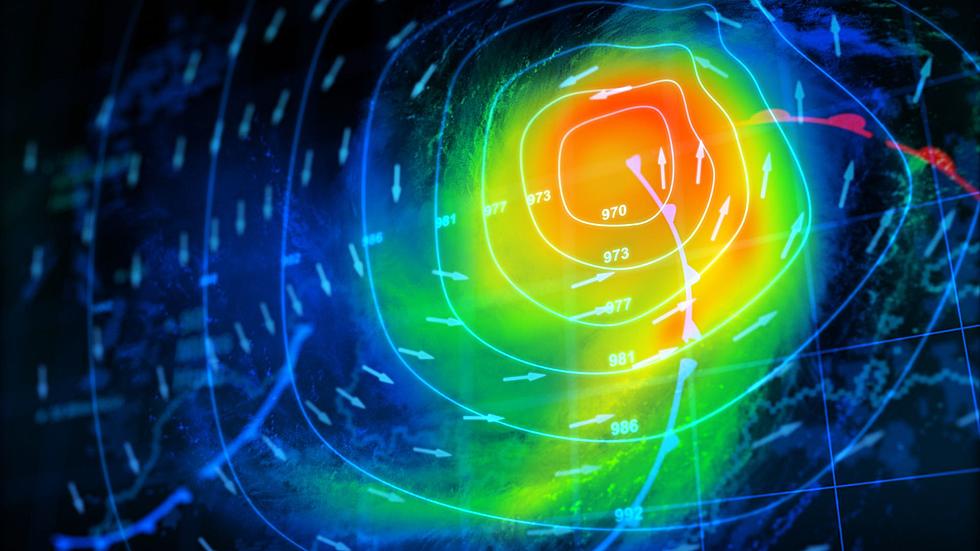
What A Strengthening El Nino Means For Michigan Winter
The weather around the world affects other parts of the world, crazy right? Believe it or not, our winters can be somewhat predicted based on surface water temperatures. Every year scientists watch the surface water temperatures in the Pacific Ocean along the Equator.
This stretch of ocean that the scientists monitor is known as the El Nino and is split into 4 regions. The space they focus on the most is a combination of Regions 3 and 4, known as Region 3.4. They have already labeled this year's El Nino under watch as the Climate Prediction Center says winter may not be so wintery.

According to the Climate Prediction Center, we have an 80% chance of experiencing a moderate El Nino and a 54% chance of experiencing a strong El Nino, now what does all of this mean for us up here in Michigan? Well, depending on how strong the El Nino is, it can alter the airflow in the Northern Hemisphere and affect how our winter goes.
The longer and stronger an El Nino is in progress the warmer and drier we should expect our winters to be. An El Nino is considered strong when the average temperature is at least 1.0 degrees Celsius warmer than normal. The current El Nino is expected to top out at 1.6 degrees Celsius.
The moderate El Nino's of the past are what we would consider normal winters but based upon the trend of this current El Nino, it is on pace to be recorded amongst the top 10 warmest. The other El Nino years ranked in the top 10 were years that we had a warm and dry Christmas.
So, I'm not guaranteeing anything about how the winter will go this year, but according to the predictions were expected to stay relatively warm and snow free. The one worrisome part of this whole thing is that this almost solidifies that global warming is real and something we should be paying attention to.




